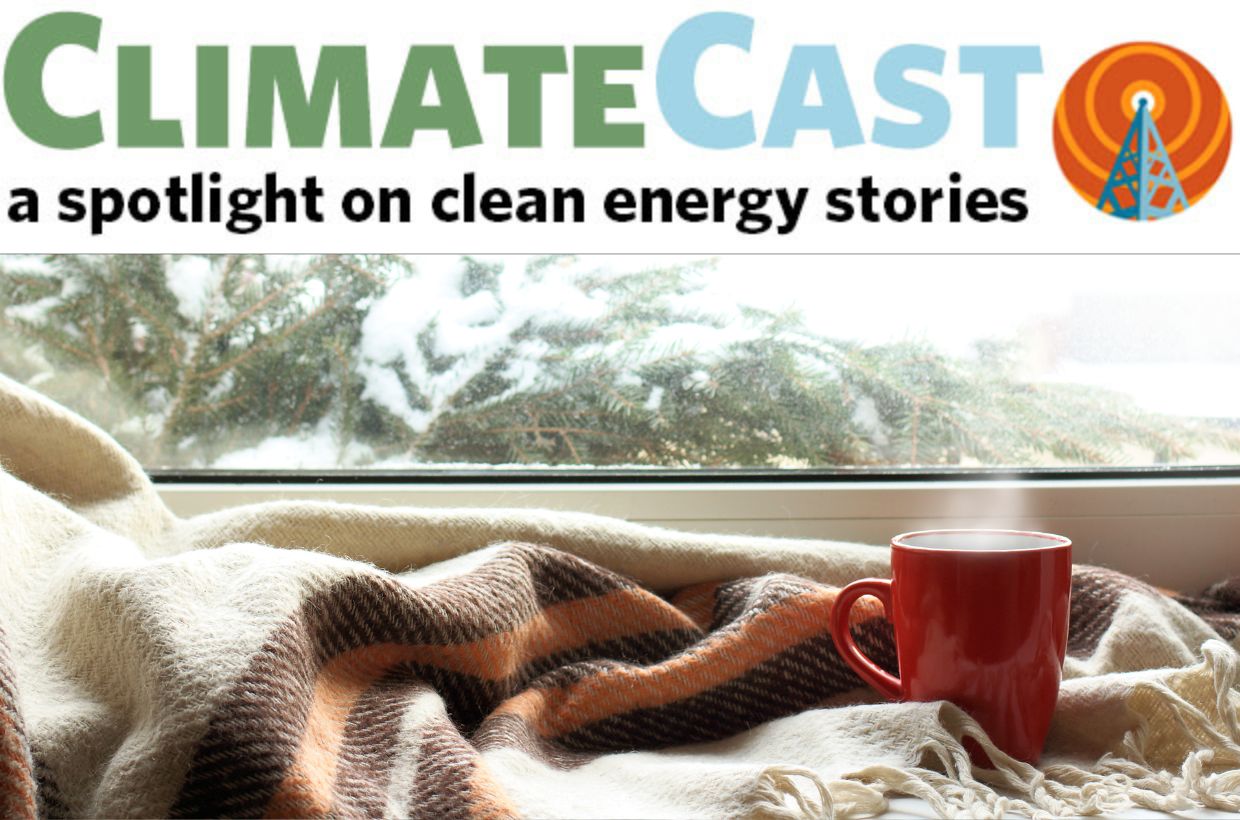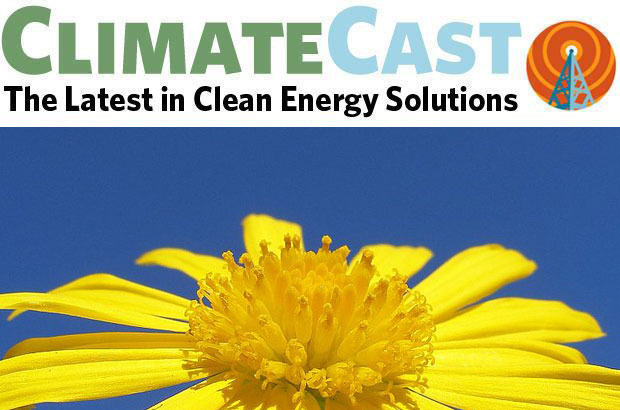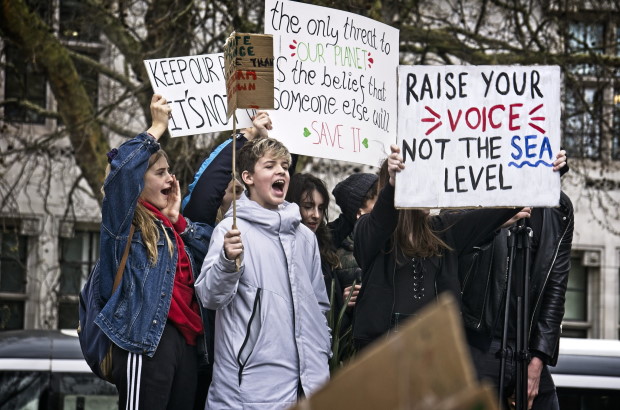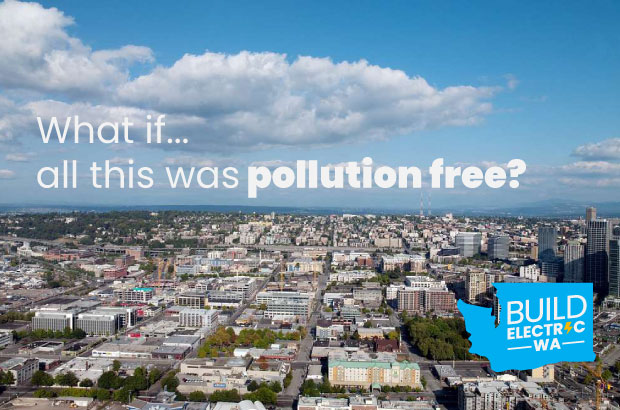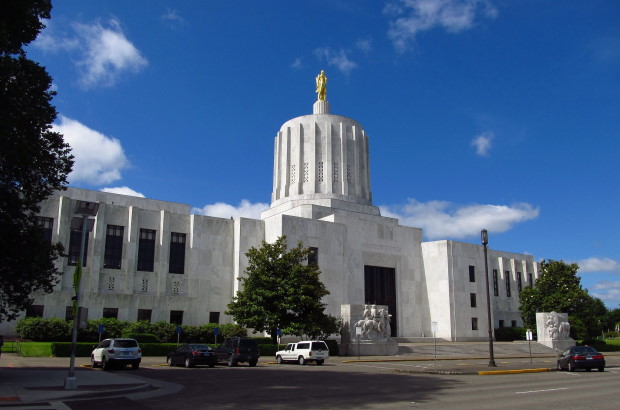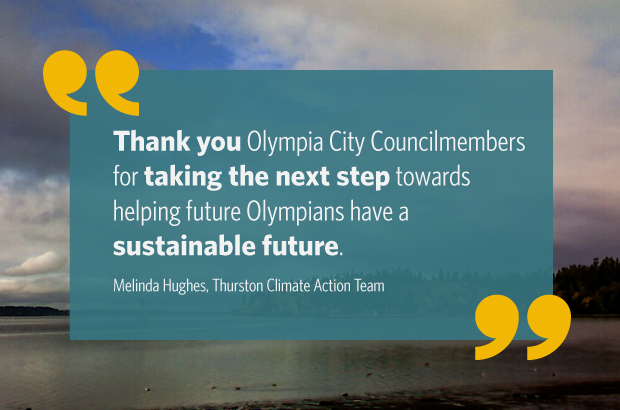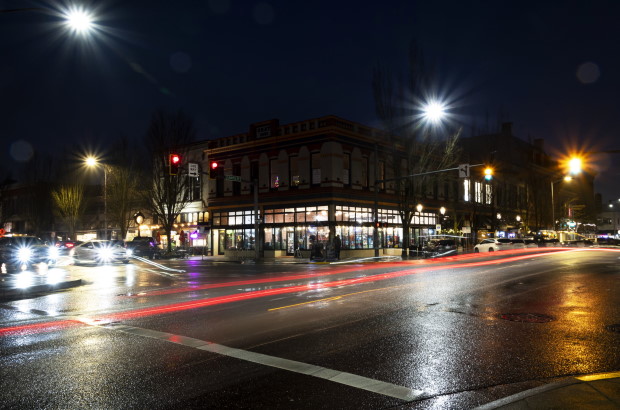
Heating and powering our homes and businesses generates a lot of our climate-changing pollution; our built environment is a major contributor to global warming. If our homes and buildings were carbon-free and energy efficient, we would significantly reduce our climate pollution, drastically cut energy costs for owners and renters, and improve air quality where we live and work.
For example, in both Oregon and Washington State, climate-worsening pollution from buildings are growing at a faster rate than any other source, with this increase largely attributable to the use of fossil gas in homes and buildings. Burning fossil gas in homes and buildings is not only a significant contributor to climate change, but also poses significant health risks for our communities, children, and other vulnerable populations.
Indoor air quality issues are particularly concentrated for low-income residents in smaller units with poor ventilation. Communities of color are already disproportionately impacted by outdoor air pollution, and should not continue to be disproportionately harmed by poor indoor air quality as well. Gas appliances also worsen our outdoor air quality. For example, California’s residential appliances releasing more than two times as many NOx emissions as all of their gas power plants combined, and commercial gas appliances releasing just as much NOx pollution as all of California’s cars.
States and many cities in the region and around the country are increasingly looking at ensuring all new buildings are electric as a key cost-effective pathway for achieving their local or state greenhouse emissions goals. Electrifying buildings is critical to addressing climate change, but it is also achievable, affordable, safe, and creates a more resilient energy system.
We are working with lawmakers and community partners to move rapidly toward electrifying our buildings for heating, cooling and cooking. We can also construct homes and buildings that get all their energy from sustainable sources, and even produce as much energy as they use — net zero energy buildings.
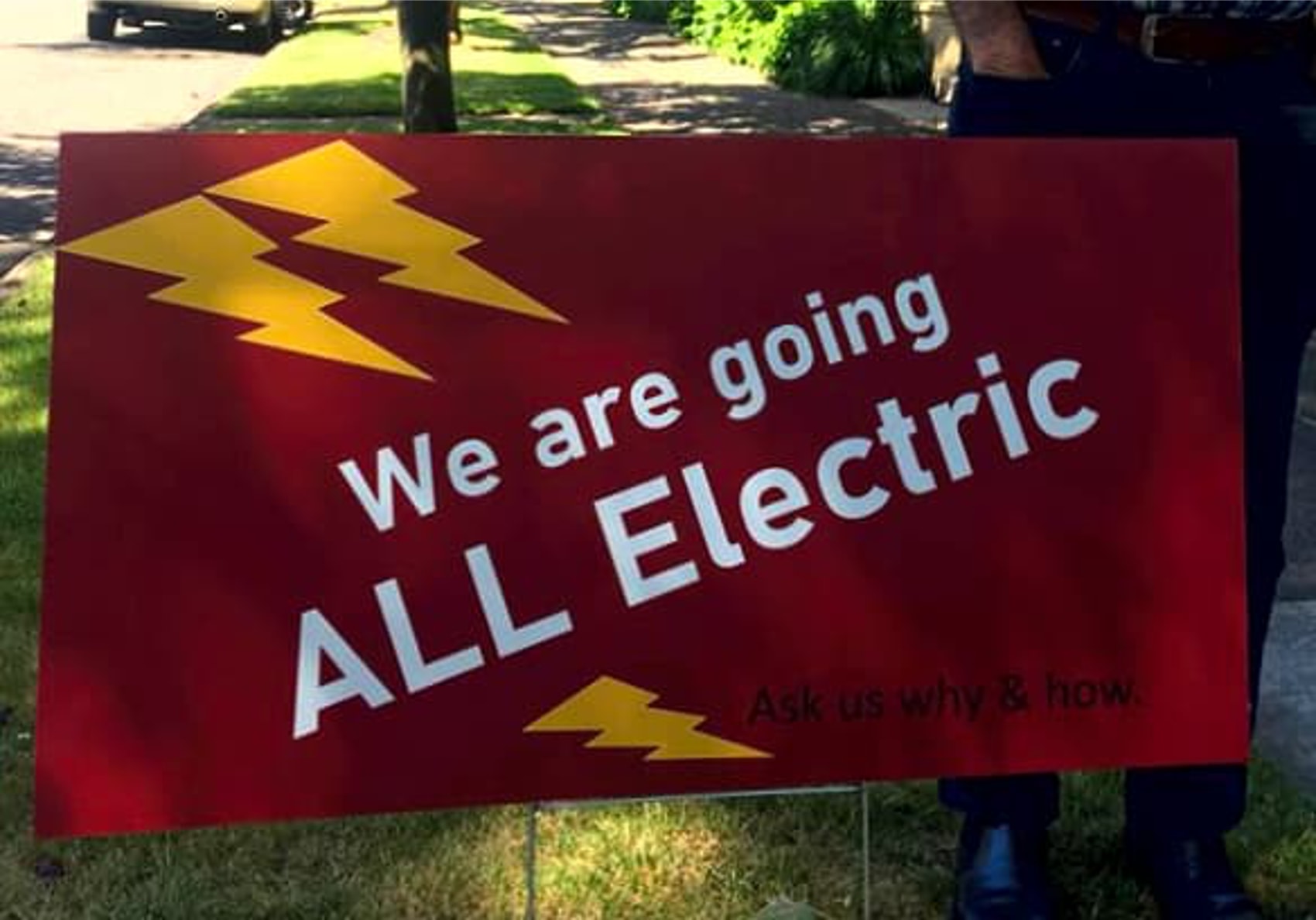
Oregon’s “Future of Gas” Process: What Is It and Why Does It Matter?
Oregon PUC regulators are tasked with figuring out how to protect customers and reduce risk, while gas utilities grapple with how to meet climate pollution reduction goals while continuing to meet customers’ needs.
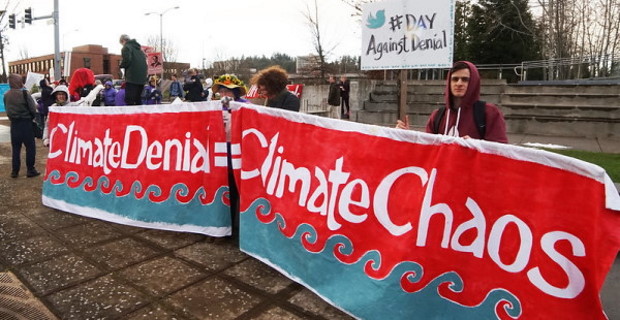
Good climate moves from Eugene's city council
The Eugene, OR city council voted to start studying whether to require all new-constructed commercial and residential buildings be electric only.
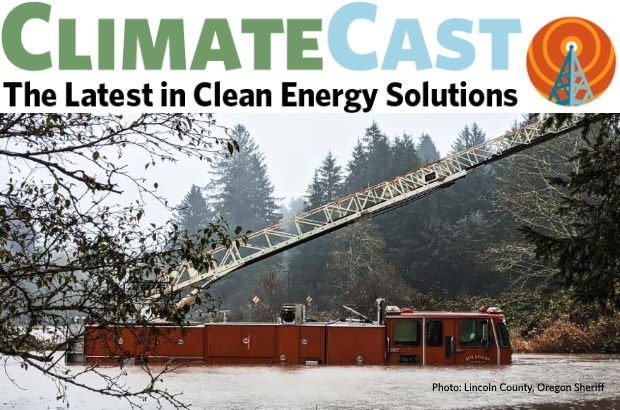
The good, the bad, and the necessary next steps
Harrowing floods in the PNW, a wrap-up of the COP26 conference, and some federal progress on climate.

130k reasons to stop
A massive oil spill in California, America readying for EV growth, big moves on gas use in buildings, Bad Apples in the Beltway, and a spotlight on Facebook’s climate denial.
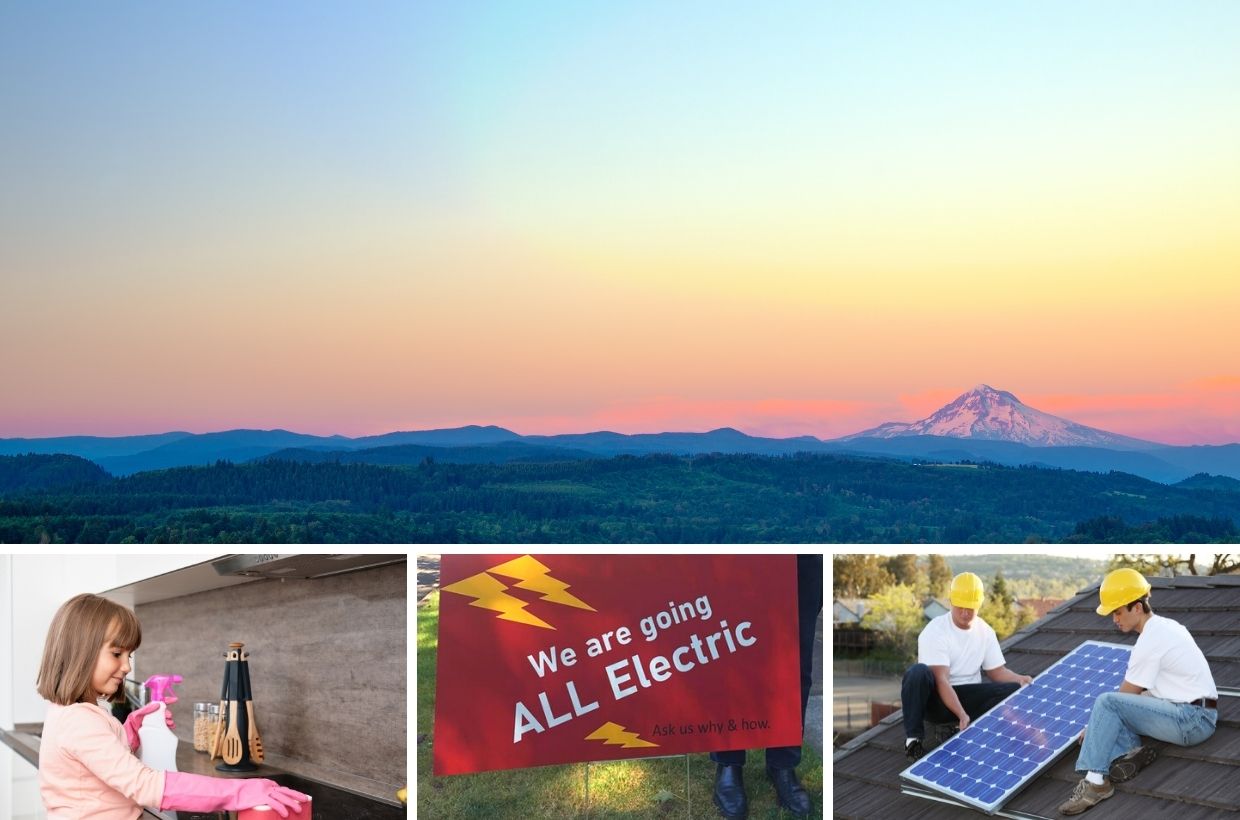
Turns out it’s a bad idea to burn fossil fuels inside our buildings too
As heat rises, fossil fuel pollution from Oregon’s buildings looms large.
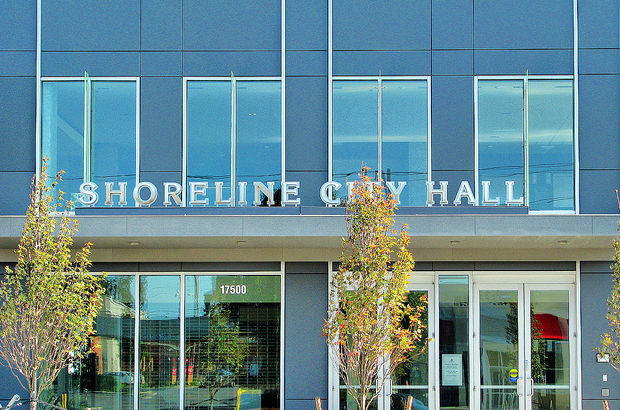
Phasing out gas: Shoreline takes steps towards clean buildings
Shoreline is gearing up to make sure all new large buildings are powered by clean energy, not fossil fuels. If you're a local resident, let the city know they're on the right track!
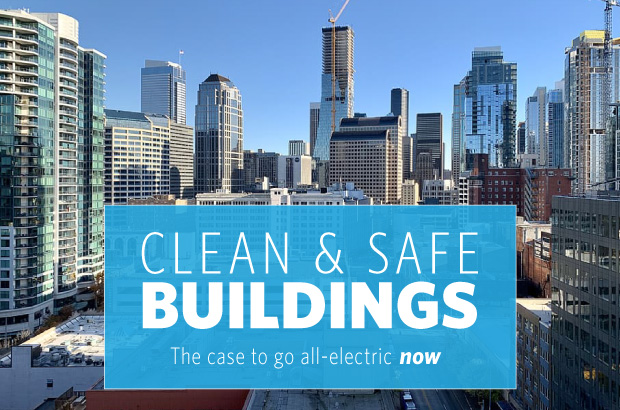
Clean Buildings: Help King County keep leading on climate
We’re used to thinking of transportation as the big source of greenhouse gas emissions. But while they don't move, buildings still emit carbon and air pollution.

So… What just happened in Salem?
Oregon’s 2021 legislative session has come to a close. We’ve made some major progress on statewide climate action, but before we dive into those details, let’s talk about how we got here.

Sweating in the heat? All-electric buildings provide a cool solution
With fossil fuels as the energy source for our buildings, we’re only going to see more unprecedented heat waves. We need to reduce our emissions and protect our communities. That’s where the movement towards clean, safe, all-electric buildings comes in.

Tell Congress: no climate action, no deal on infrastructure
The American Jobs Act could provide the biggest-ever US investment in clean energy and equitable climate progress. But the fossil fuel industry is lobbying hard to make sure that doesn't happen. Let's stand up now for climate action!
